If you’ve ever dreamed of sleeping under the stars, waking up to the sound of nature, and living an off-grid lifestyle, then you’ll be thrilled by the prospect of BLM dispersed camping.
Established way back in 1812 as ‘The General Land Office,’ the original BLM had the goal to encourage US citizens to migrate westward and settle on the newly-acquired lands.
What makes BLM of such interest to me is its immense free camping potential.
Whether you’re an RV enthusiast, a tenting fan, or you’re even into hammocking and know how to set one up so that they don’t get all tangled up – rest assured that one eight of the US territory (i.e., BLM land) will offer more than enough camping opportunities.
A Brief History of BLM
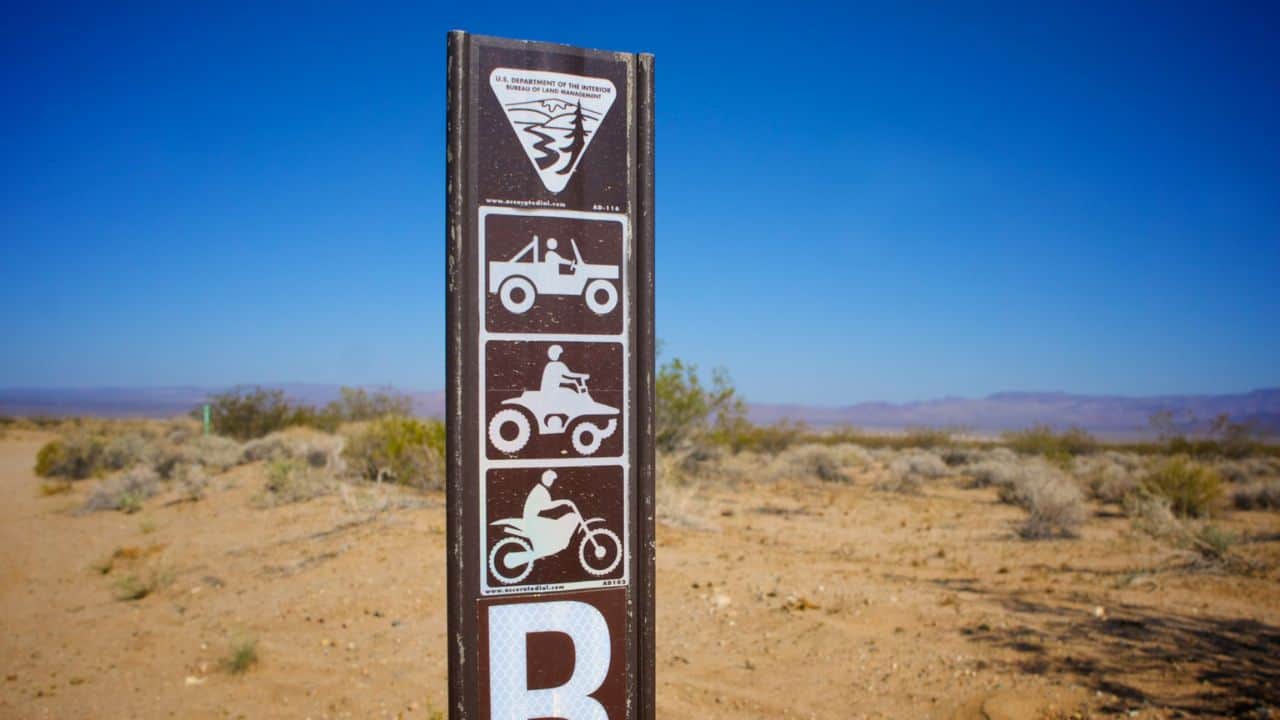
It seems as if those early cowboy hat-wearing homestead makers took the General Land Office’s advice too literally, as 99% of the territory held by the BLM even today – is still in the West.
After helping the Europeans beat the Nazis, President Harry S. Truman decided cows and sheep mattered and should be shown love and respect. As a result, he decided to merge The General Land Office with US Grazing Service into one big organization called the Bureau of Land Management (BLM for short) – where both animals and humans are welcome.
Modern-day BLM (Bureau of Land Management) is much less about conquest and more about preserving public lands’ health, diversity, and productivity.
How to Find BLM Dispersed Camping Areas?
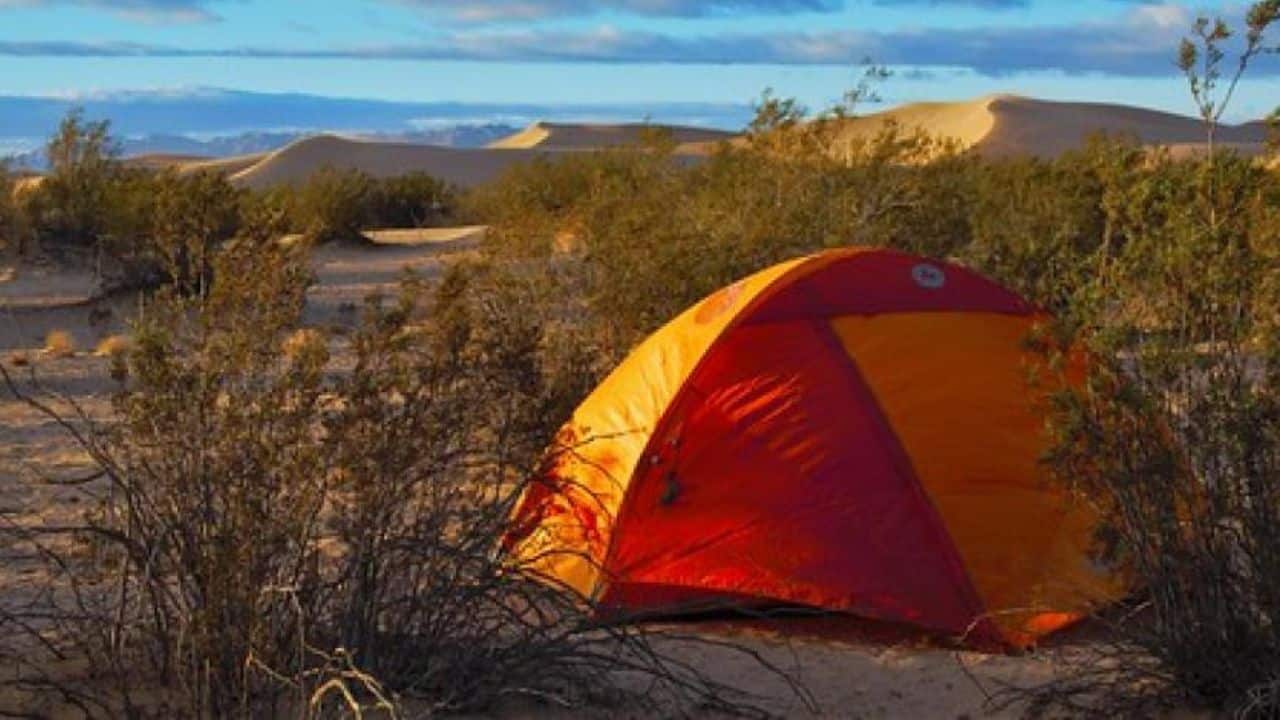
Finding BLM-dispersed camping areas is a piece of cake.
The first place to look would undoubtedly have to be the official BLM recreation web map.
This interactive map offers excellent detail, so you don’t have to worry about missing out on any fantastic campgrounds if you decide to use it as your primary ‘campground search engine,’ so to speak.
If you point and click on the individual symbols, the site will show you several valuable pieces of info, including if the campsite is reservable, developed, or dispersed, the exact coordinates, and a link to extended info (if available).
Alternatively, you can also visit the BLM website.
Using this website, you can search in individual states and browse through all the available campgrounds – dispersed or developed. You can also learn more about BLM’s history, mission, and locations under their jurisdiction.
Last, alternative web sources where you can find BLM campgrounds include apps such as Campnado or Campendium (which focuses more on RV camping).
How Long Can You Camp on BLM Land?
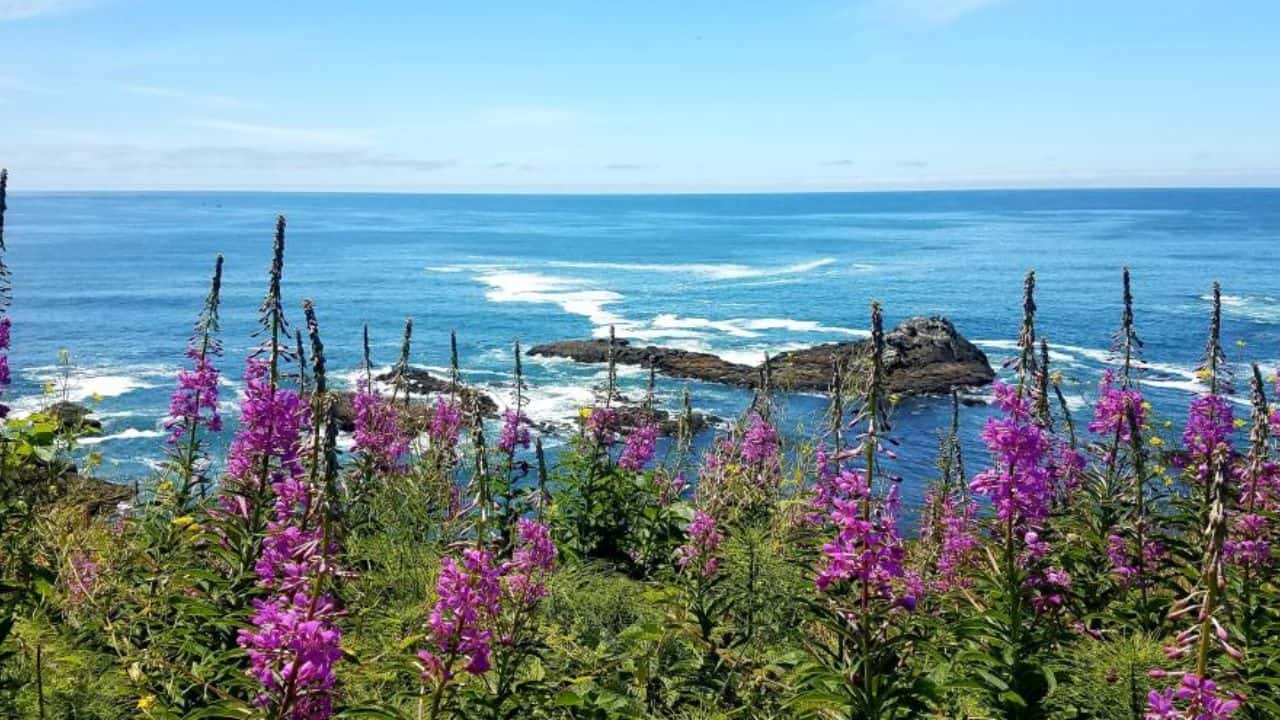
There’s a general rule of thumb on how long people can camp on BLM land.
You can camp at a single location for up to 14 days within a 28-day period. You can continue camping in this area even after the fortnight elapses, but you must move to another campground away from the initial one.
The 14 days within 28 days is a curious rule to prevent campers from hogging just one campsite and allow other campers to visit, too. The way you’ll spend these 14 days is up to you. You can stay at a single campsite for two weeks or camp for a couple of days here and there and count up to 14 within a month.
Regarding stashes, hidden treasures, equipment, and other items you may want to leave at a campground – the limitation is ten days if it’s unattended. In Alaska, these ten days stretch to 12 months.
An important note: These rules generally apply to most BLM campgrounds, but some exceptions exist. Contacting the local BLM office and learning about their camping policies in detail is, therefore, the best course of action.
BLM Dispersed Camping Rules & Regulations
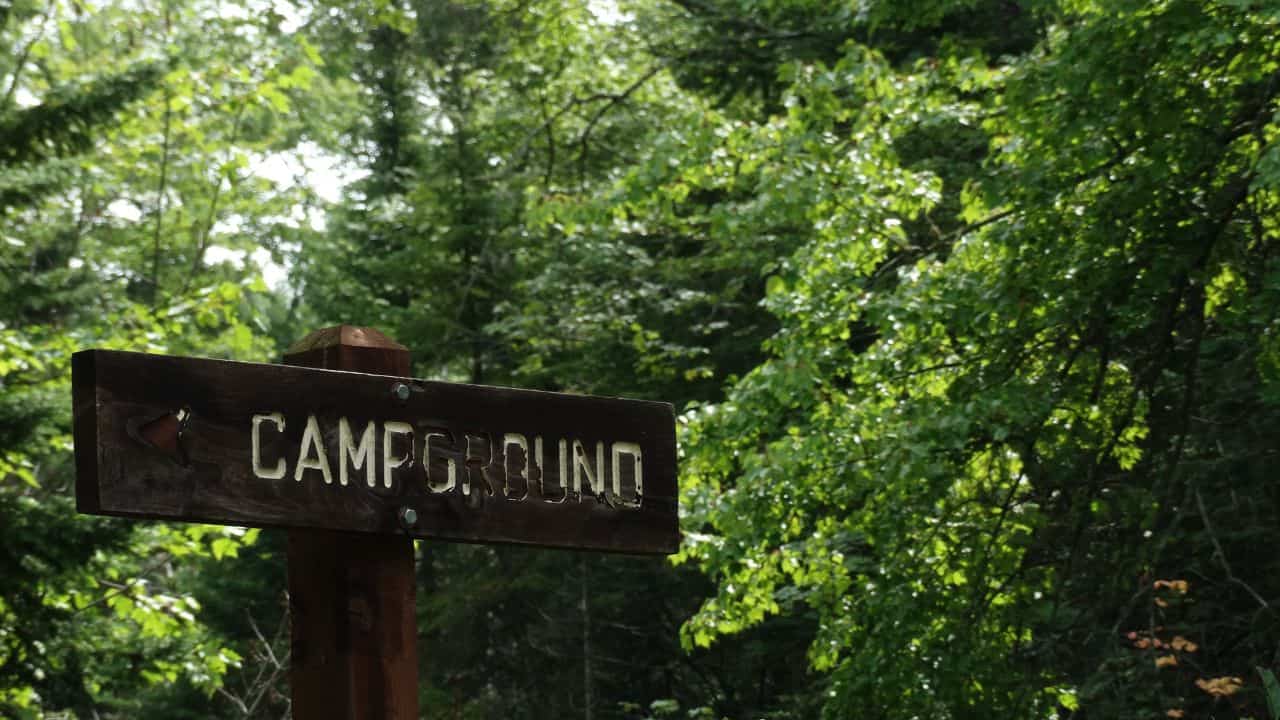
Camping rules & regulations that BLM issues and encourages its visitors to follow are relatively simple and not that stringent. For the most part, the policies that the BLM outlined revolve around asking visitors not to litter, steal firewood, or burn down forests. Ensuring you don’t leave pet-created minefields after you leave a campground would be a nice touch, too.
Here is a list of the basic rules around BLM dispersed camping:
- BLM strongly encourages campers to set up tents and park their RVs in previously used sites.
- Do not create new sites by machetes through bushes, trees, or other vegetation.
- Don’t move large rocks – especially if they have ancient-tribal-looking paintings on them.
- Stick to the ‘Leave no Trace’ camping principles.
- Pack your trash and bury human or animal waste before you leave.
- BLM land often neighbors private property, so do not trespass.
Some BLM territories, such as wildernesses, recreation areas, or conservation sites, may feature unique rules and require permits to access certain sections of the land. To ensure you’re up to date with all the rules, consider ringing up the local BLM office before starting your exploratory expedition.
Best BLM Dispersed Campgrounds
If you were to draw a rough line right down the middle of the map of the United States, the left-hand part would be where you will find the vast majority of BLM land.
This is no wonder, as many western US states feature fewer people and more canyons, cliffs, rivers, and many different animals – a perfect setup for exploration. Now, whether you fancy setting up a hammock between two trees and observing the Grand Canyon, or you’d like to post up in a small tent somewhere in rural Utah and possibly uncover a 94-million-year-old mosasaur fossil – the West of the US will offer territory, scenery, and fossils needed for a proper camping expedition.
What makes BLM land so special when camping is concerned is: 1) there’s quite a lot of it, and 2) most of it is accessible to campers for absolutely free.
In the passages below, I’ve listed some of my favorite camping spots in rural western US. Since there are thousands upon thousands of fantastic free BLM campgrounds, I will be covering only a few of my favorites, so you can get the idea of what awaits you if you’re willing to embark on a BLM land exploratory expedition any time soon.
Cow Creek Backcountry
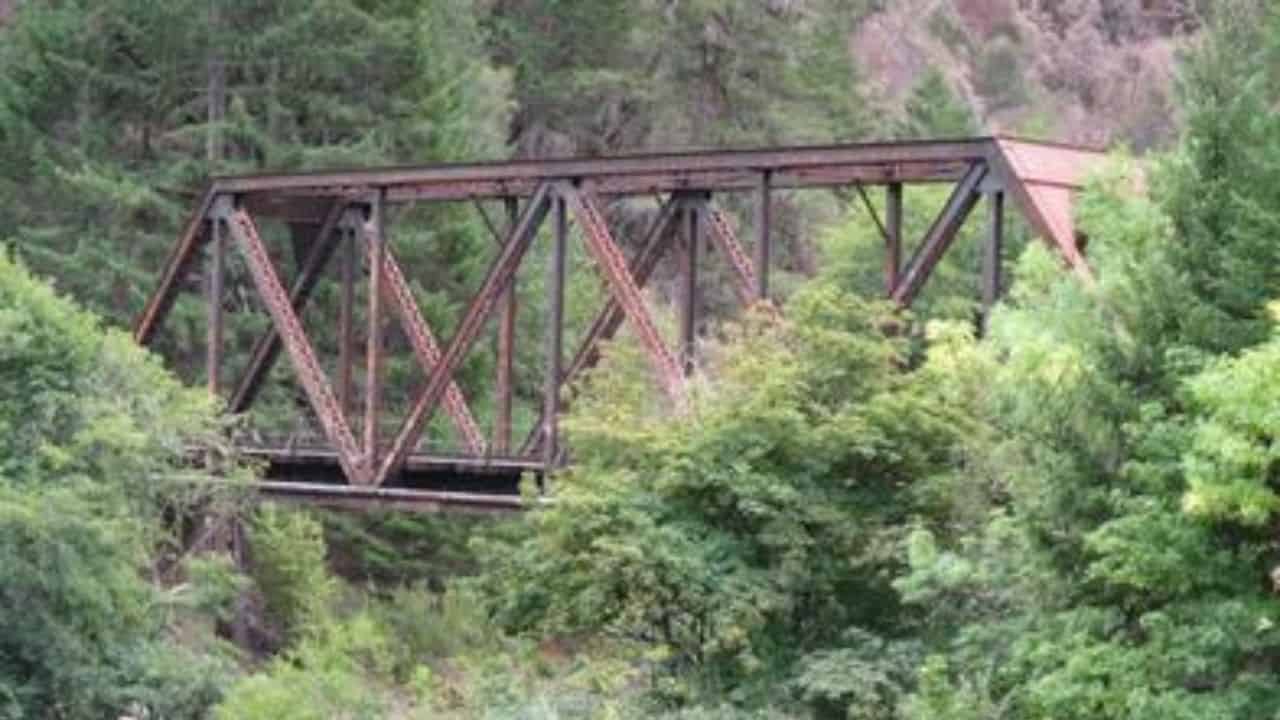
- State: Oregon
- Water availability: no (you can filter some from the nearby creek, though)
- Toilets: vault toilet
- Visitor frequency: low
- Map
Are you a fan of old prospector stories where a guy spends days panning for gold in a creek-like portion of a river amidst a scenic mountainous area, then gets shot and almost gets robbed, but then shoots back the bad guy, prospects some more gold the next day, loads his hoard onto a burro, and goes home in time for afternoon tea?
Well, if the answer is a ‘yes,’ rural Oregon is your state, and Cow Creek Back Country is your venue. Hopefully, you won’t get shot.
The activities you can try in this part of the Trailblazer State include rockhounding, gold panning, swimming, and fishing, and you can also check out the rustic West Fork Railroad Bridge, construction date sometime in 1869. Despite being built just after the Civil War, this museum-piece curiosity of a railway bridge is still in operation, so don’t be surprised if you see a train on it.
Anyway, Cow Creek byway closely parallels and follows the eponymous creek, so fishing is always an option if you take this road. Once you get road-weary, you can stop by Skull Creek campground and pitch your tent at one of the five available sites.
Skull Creek works on a first-come, first-served basis, so arriving before everyone else does is the only way to ensure you’ll snatch a spot. Amenities include a singular vault toilet, some fire rings, picnic tables, and a solitary garbage can on the southern perimeter of the campground.
Cottonwood Grove Campground
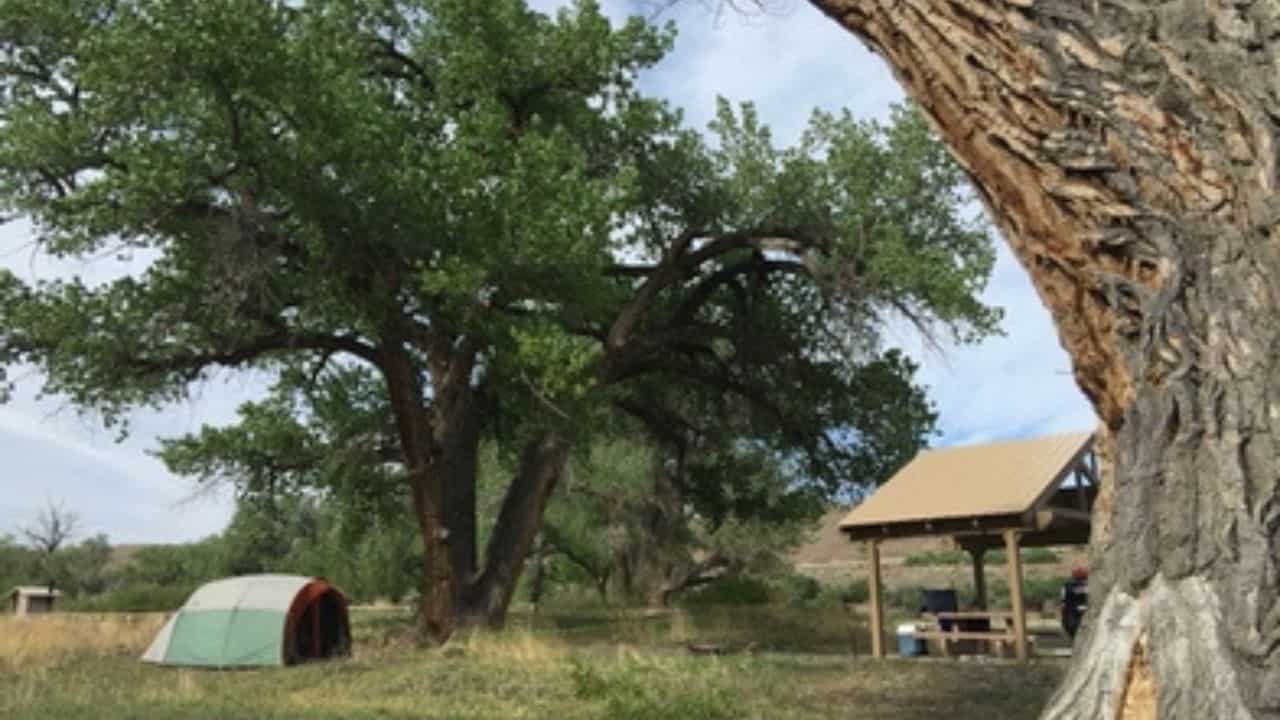
- State: Colorado
- Water availability: no (but you can get some from the river)
- Toilets: vault toilets
- Visitor frequency: medium
- Map
Staying at Cottonwood Grove Campground means you will get excellent views of the surrounding flatlands, easy access to the nearby Gunnison River, and that white cotton-like substance that the tree produces copiously getting stuck in your hair, eyes, and air-conditioning units.
Unclogging your AC and de-cottoning your car’s grill now and again is well worth the price of staying at this place, though. The sites are peaches, and the campground offers some relatively advanced amenities for a free-to-stay, first-come, first-served camping spot. Some of the facilities include picnic tables, fire rings, shade structures, vault toilets, and even a boat ramp (although that one is suitable for non-motorized boats only).
A fishing pier is nearby if you want to bring your tackle and try your luck. There are six campsites within this campground, and one is ADA-accessible.
Otter Creek Reservoir Recreation Area
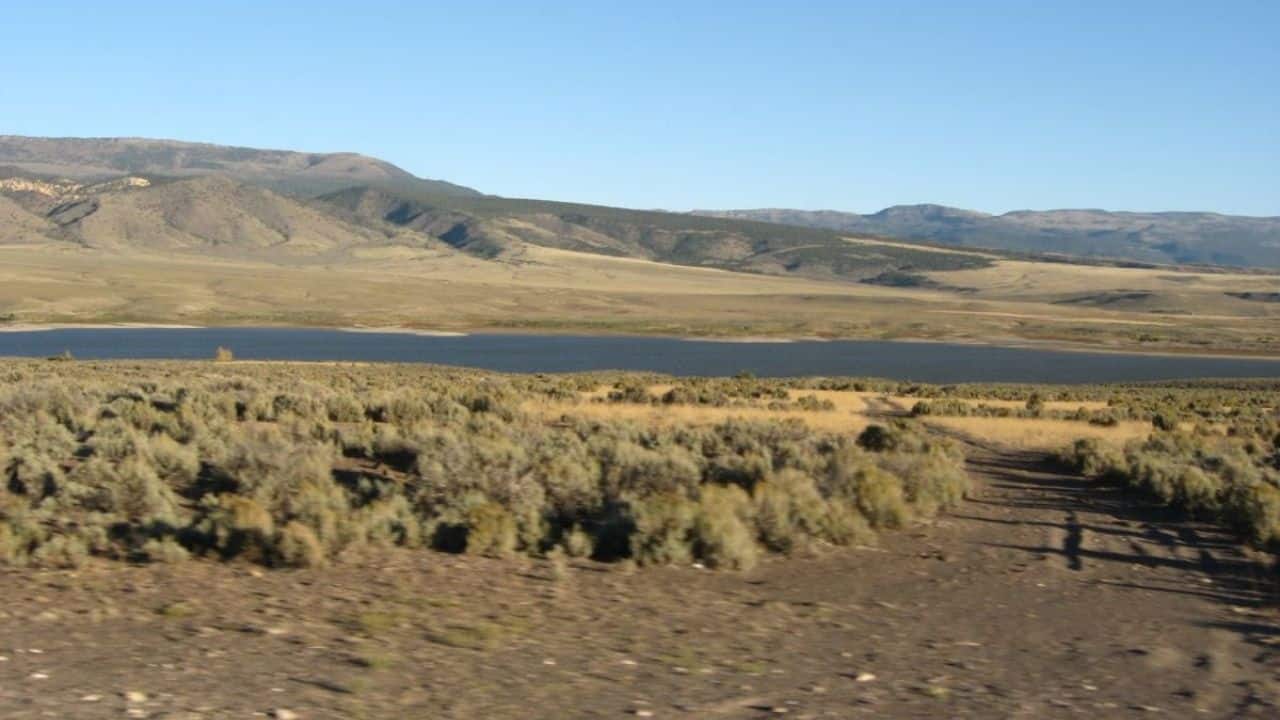
- State: Utah
- Water availability: yes
- Toilets: vault toilets
- Visitor frequency: low
- Map
Representing a minor Utah body of water where rainbow trout are chased by hungry otters and tricked and lured by intoxicated anglers year-round, Otter Creek Reservoir is a curious vacation area that pivots around the reservoir but offers much more in terms of activities you can pursue.
Primarily, fishing and boating, or fishing from a boat, if you fancy combining the two. By the way, if you feel like you’re the kind of fisherman to jump after a runaway trout just as you’re reeling it toward the boat, a warning – the water is freezing cold.
Wildlife watching is another major pastime that folks who frequent this Utah hideout like to practice. Careful, binoculars-sporting observers can spot such majestic creatures as elk, antelopes, and deer. There’s also some waterfowl if you need help tracking an errant elk.
The campground offers vault toilets and some fire rings, and there is also a boat ramp if you want to explore the reservoir from the comfort of a mini fishing vessel.
Otter Creek Reservoir is RV-friendly, as the area around the water is mostly flat and easy to access. Depending on the time of the year, a potential downside to this place is the water level, which can get relatively low. Also, it gets windy often.
Antelope Spring Cave
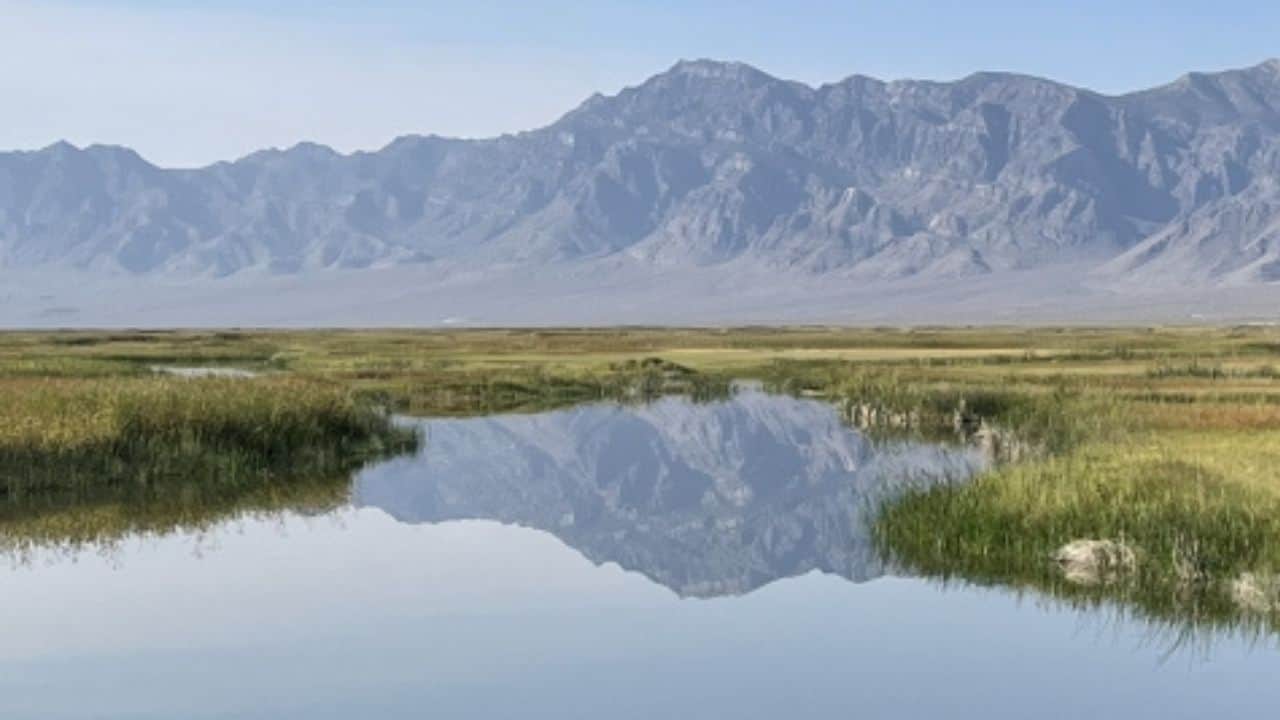
- State: Utah
- Water availability: no
- Toilets: no
- Visitor frequency: low
- Map
If you like to put on a safety helmet now and again and go down an ancient Utah cave and then come back up to tell eerie true or half-true stories to a fire circle of eager listeners in a campground just outside the cave – Antelope Springs Cave, near Fish Springs National Wildlife Refuge, is the place for you.
Entering the cave is not obligatory, and setting up your tent, eating some canned meat, and preparing some Ramen noodles in the privacy of your impromptu abode is just fine. If you fancy also taking a peek in the cave, you should know that the entrance is gated and that there is a permit that you have to buy first. The people to see for this are over at the Fillmore BLM office.
Caving in this part of Utah is reasonably common, and some caves are more challenging and dangerous than others – and this one falls into the category of ‘more dangerous.’ The BLM authorities advise visitors and explorers to wear helmets, chin straps, and other essential safety equipment.
The campground is not that popular, and you will likely find unoccupied spots where you can park or pitch a tent. There are fire rings present, but no other amenities. For this reason, complete self-sufficiency is an absolute must (especially if you plan to go caving, too).
Mule Creek Trail
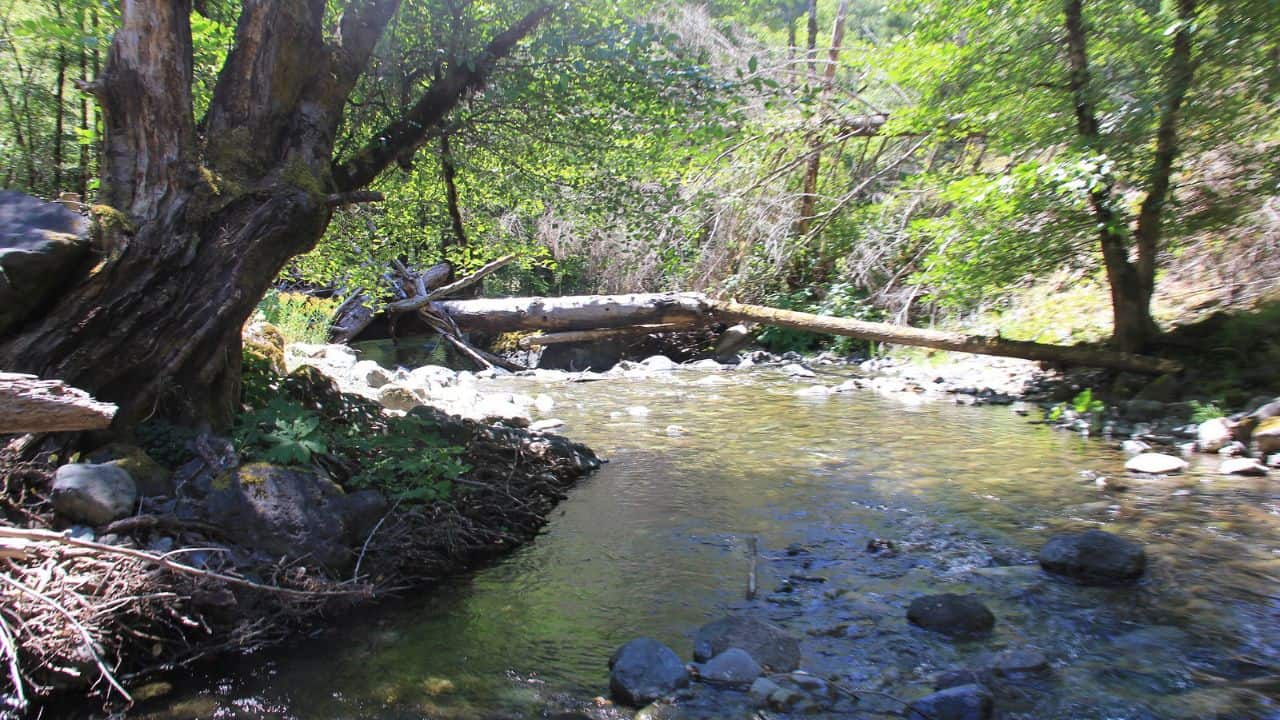
- State: Oregon
- Water availability: no (but you can filter some from the creek)
- Toilets: vault toilets
- Visitor frequency: medium
- Map
Constructed in the early 1900s, the Mule Creek Trail was built out of necessity as local traders and artisans used it to move raccoon pelts, food, firewood, and other supplies into the freshly-discovered outback of Oregon.
This trail is part of a broader network of trails, dotted by scouting lookout towers and an occasional ranger station that all constitute Wild Rogue Wilderness – a place with a name that leaves little to the imagination regarding its attributes and nature. The US authorities deemed this place so wild and rogue that one government agency couldn’t take care of it on its own. For this reason, Wild Rogue Wilderness is now co-managed by both BLM and USFS (United States Forest Service) – two of the biggest outdoor-related agencies that US.gov can muster.
Accordingly, this place ain’t no joke.
While the scenery is rather beautiful, and the creek gives this place a special kind of woodland charm, the amenities along the trail are scarce.
If you decide to post up on one of the campgrounds a short distance from the trail, you can enjoy access to vault toilets, fire rings, and picnic tables. Potable water is difficult to find around these parts, so bringing your supply is necessary. If you have a water filter on you, you can try filtering some of the creek water.
Here’s a map of the wilderness for good measure.
Indian Creek – Bears Ears National Monument
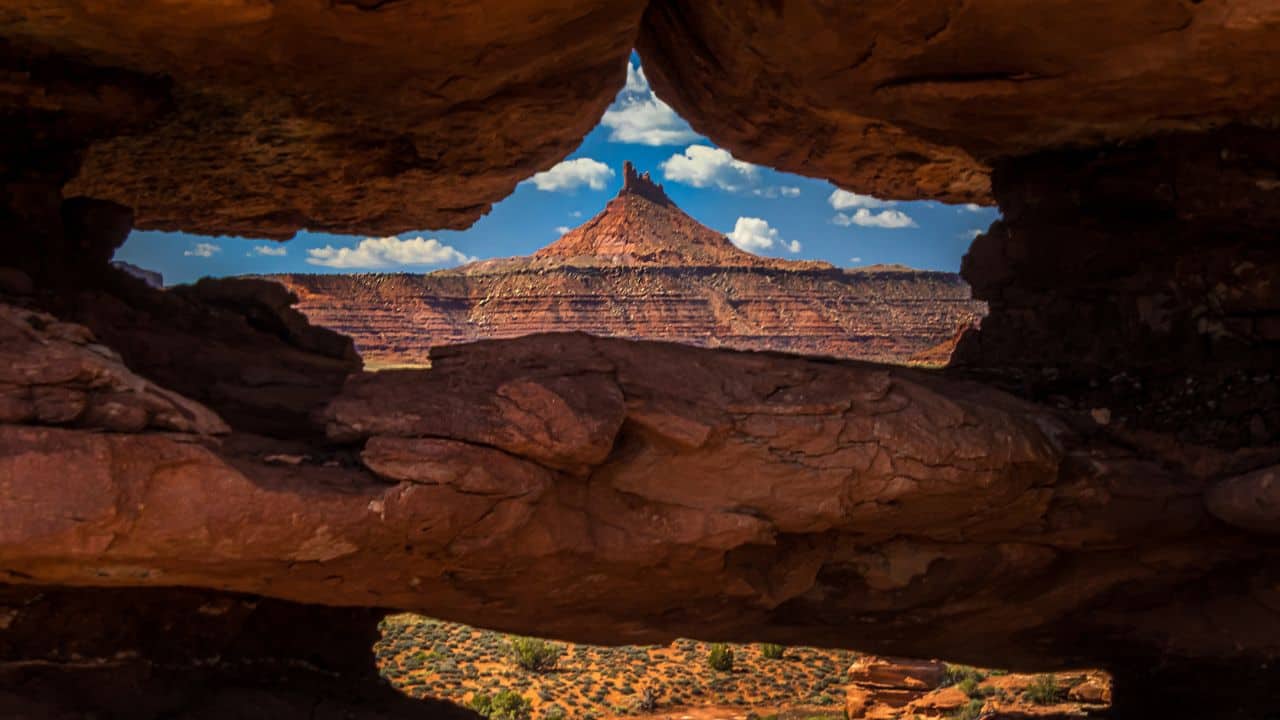
- State: Utah
- Water availability: no
- Toilets: no
- Visitor frequency: medium
- Map
No shortage of nomenclatural wit at BLM offices – that’s the takeaway from this list of mine if nothing else. This time around, I’m describing Bears Ears National Monument, a prominent Utah attraction that got its name for the two curiously-shaped neighboring rock formations that make the surrounding area look as if there’s a giant bear buried underneath, with just its ears popping out.
Bears Ears Monument spans a large area, and the area suitable for dispersed camping rests along the so-called Indian Creek – a patch of land containing the monument’s northern section.
The list of excellent activities you can enjoy around this area continues. Bird-watching springs to mind as one of the more popular ones, as eager observers from all across the world flock to this place to see the majestic Golden Eagles killing other animals or the world’s fastest creature, the Peregrine Falcon, landing on other unsuspecting birds in mid-air at more than 190 mph.
Other activities include rock climbing, hiking, and nature photography.
Camping-wise, Indian Creek offers three developed campgrounds, and the rest is suitable for dispersed camping – as long as you’re at least 150 away from designated routes. Also, you should camp at least 300 feet from official water sources.
Juniper Flats
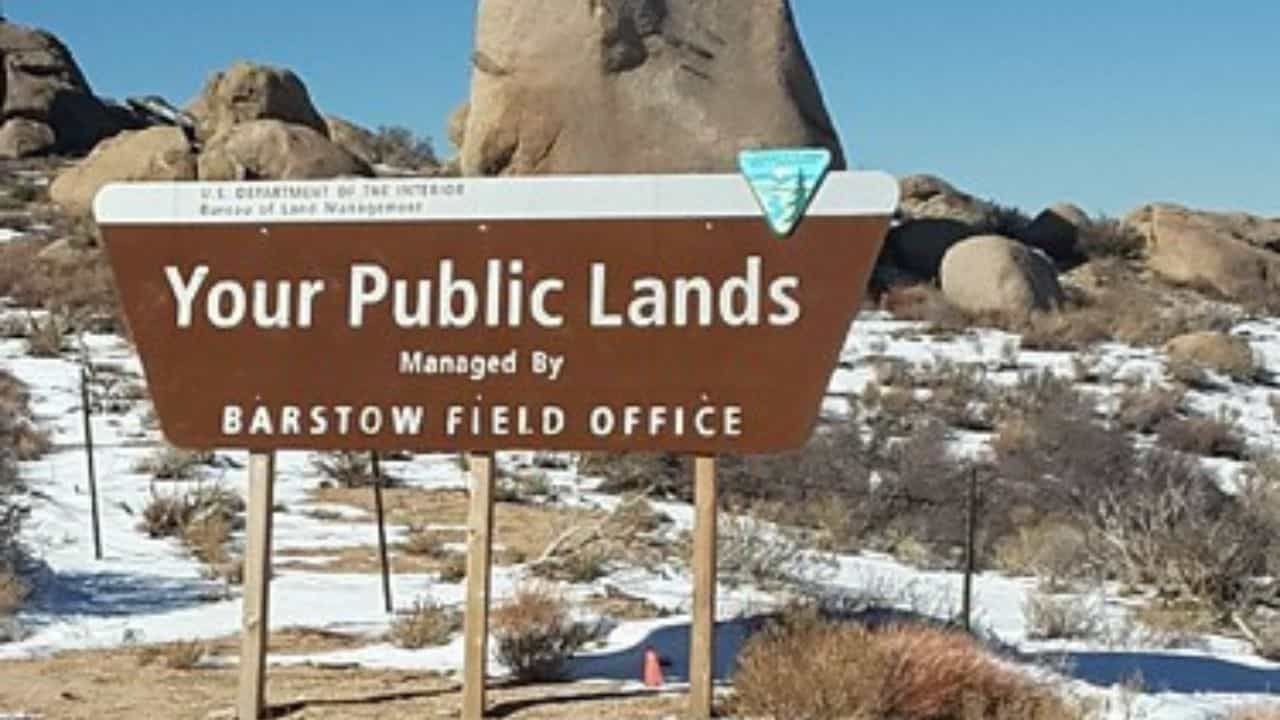
- State: California
- Water availability: no
- Toilets: no
- Visitor frequency: low
- Map
Covering a large stretch of land between the Mojave desert and the San Bernardino Mountains, the Juniper Flats offers a piece of desert terrain perfect for camping, hiking, backpacking, as well as horseback.
If you like vast open spaces, desert climate, and aesthetics, you will appreciate the beige rock formations, wide-open RV-friendly spaces, and clear blue skies above.
Juniper Flats are open year-round and feature plenty of photo ops everywhere you look, so if you happen to work for Discovery Channel, or you want to pitch your portfolio to Nat Geo, setting up a tent at this campground for a week or two and waiting for an opportunity to snap a photo of a scavenging coyote or maybe an eagle, can be a pretty good strategy to get in the business with the big boys of wildlife photography.
Boulder fields, washes, canyons – all this and more within this dispersed camping area in California.
Where to Next?
All in all, embarking on a camping expedition through BLM land can be a great way to explore the Wild West of the United States. From Californian patches of Mojave to a forest, creeks, and bluffs near the Oregon Coast to underground prospecting hideouts in rural Colorado – the bureau will give you a lot of unique entries for your camping bucket list.
Whether you’re an RV-er into travel and boondocking, or an army shoe-wearing outdoorsman of exploration and leisure, BLM land is where you should look for your next adventure.
But remember, the allure of dispersed camping isn’t limited to BLM lands alone. National Forests also hold a treasure trove of unspoiled beauty, offering up some of the best dispersed camping opportunities you could ever imagine.
So, if you’re longing for a taste of true wilderness, don’t overlook National Forest dispersed camping—it’s an experience that can rival even the best of what BLM lands have to offer.

I love hiking, backpacking, and camping. From the Camino de Santiago to the West Highland Way in Scotland or simply a great day hike on the weekend. Hiking refreshes me, my mind, and keeps my body reasonably fit. So far I have walked three Camino routes and many other long distance hikes in the UK, Canada, and around the rest of Europe. One of the best was my hike up Ben Nevis.

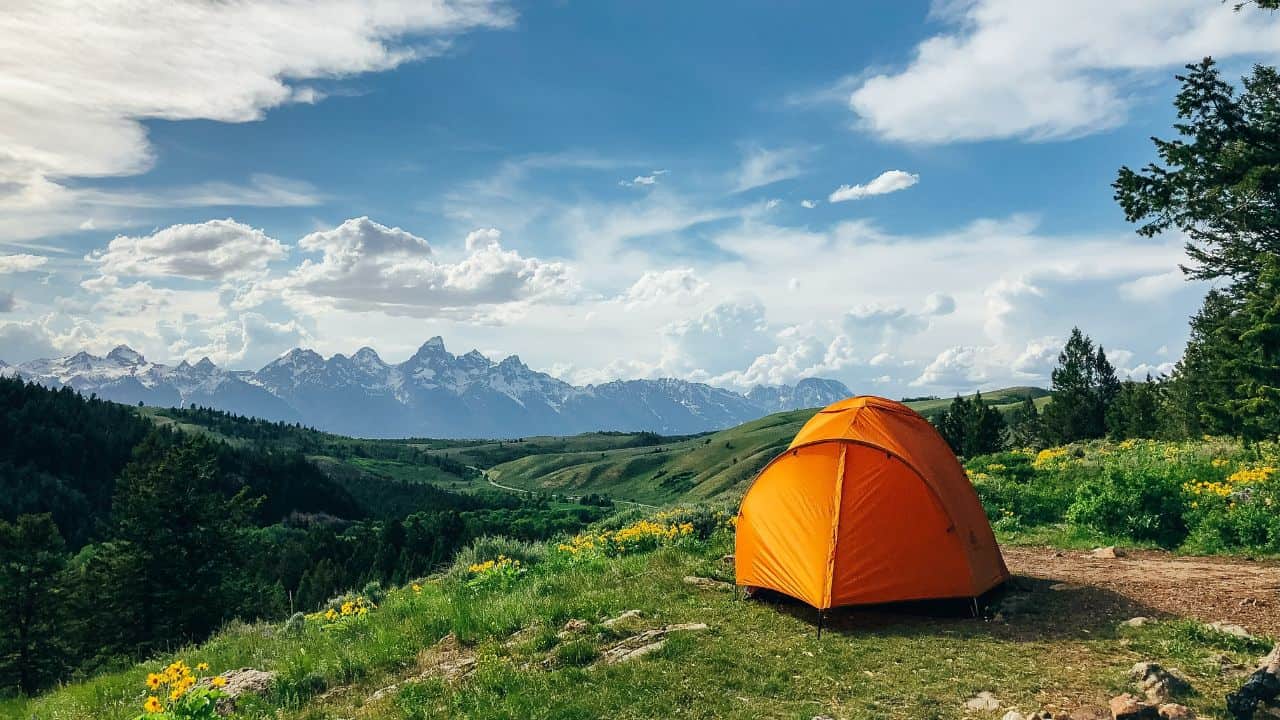
Thanks for the great info!! Appreciate you. Happy camping my friend!